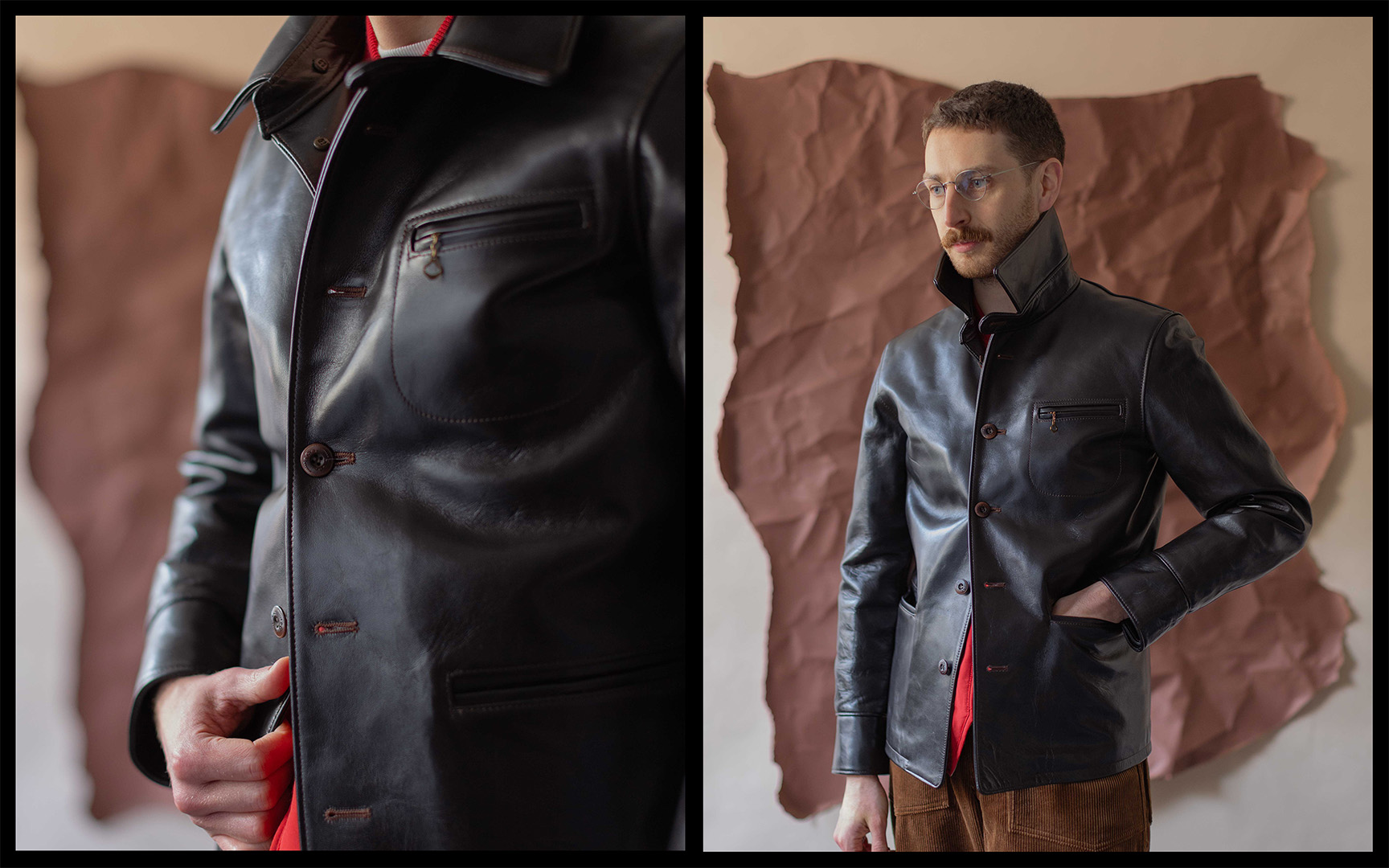
It's been a while since we chatted to you about our leather jackets, so we thought we'd break them down and show you the different hides we have available. From the new Jelado Winchester in goatskin, to the J-24 in horsehide, we've got styles for every occasion. This article will break down how the different leathers feel, age and fit so you can choose your fighter accordingly.

Goatskin is a popular leather choice for it's comparative strength in relation to its softness. Minimal break in required, and you've still get a jacket that will see you through a few decades. Goatskin almost always features a visible grain on the surface meaning a textured, somewhat rugged appearance is part of the package when going for this leather. Not a bad thing at all. Some absolute bangers throughout history that would have been made from goatskin include the iconic G-1, some of the A-1 and -2 jackets, and 30's era Cossacks.



Cowhide is probably the most widely used leather. The heaviest of the jacket leathers, it's stiffer and more substantial than goat, but still a soft leather once broken in. Cowhide is readily available and pretty consistent in thickness across the hide, making it a popular choice for manufacturers as it is comparatively easy to work with. More than that though, it's a beautiful leather once finished, with the potential to age dramatically with wear whilst retaining strength and durability thanks to the thicker hide.



Horsehide is a rather sought-after leather in the jacket world. It's lighter than cowhide, but incredibly dense. It can't be sugar coated - prepare for a very long break in period. The density makes it feel almost rigid when new, restricting your movement. If you're up for the task however, the reward once broken in is a buttery soft and smooth hide which will outlive you if cared for properly. Horsehide used to be the most common hide back in the day, so it's always a popular leather choice amongst repro brands like the real McCoy's, Buzz Rickson, etc. when being as authentic as possible matters. These days it's nowhere near as common, and it's harder to work with due to more difficulty when clicking the hides (choosing the ideal section of hide to work with) because of greater inconsistency in thickness compared to cowhide, and a higher presence of scars and marks to avoid. Because of this you can expect to pay more for horsehide. You do get what you pay for however - it's not necessarily better than cowhide, but it is more durable thanks to the density and you can't achieve the appearance of this leather with any other hide.





